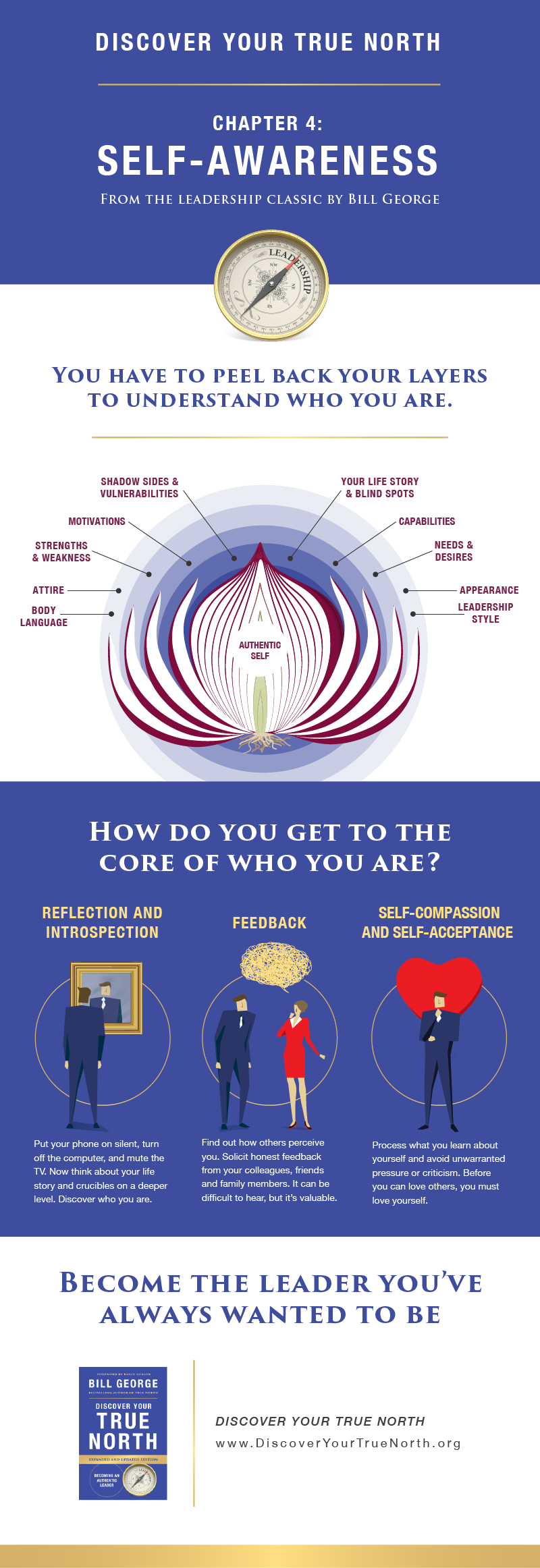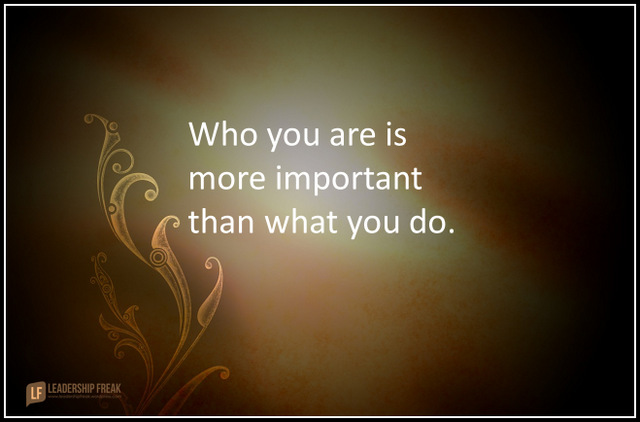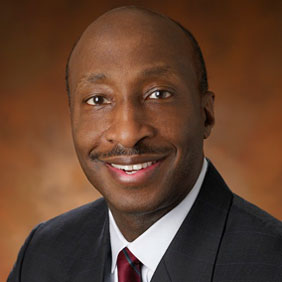Maybe you’ve seen a basketball player get caught out of position: the skinny point guard who is less than six feet tall ends up below the basket guarding a seven-foot-tall center. It’s an awkward scene. The point guard is out of his comfort zone and rendered ineffective. Did you know that it’s possible for you, as a leader, to get caught out of position, too? You can find yourself stuck in a place with no room to succeed because you are not playing to your strengths.
To maximize your effectiveness you must find your “sweet spot.” Your sweet spot is where your motivations and strengths intersect. When
you find your sweet spot and begin operating out of it, you will experience increased joy and fulfillment, because you will be in your most natural position.
Finding your sweet spot requires self-awareness
To find your sweet spot, you first have to know what motivates you to be successful, what drives you to take on the responsibility of leadership. When you focus on the reasons behind your actions, you’ll begin to understand your motivations. It takes a lot of motivation to lead an organization, and understanding yours allows you to lean on them when you need a push.
There are two main types of motivations.
Extrinsic motivations are outside forces or drivers acting on you as a leader. Extrinsic motivations include:
- Money, power
- Job titles
- Recognition
- Social status
- Winning over others
Opposite these motivations are the driving forces inside you — your intrinsic motivations. These motivations include:
- Personal growth
- Satisfaction from doing a good job
- Helping others progress
- Finding meaning in effort
- Impacting the world
Early on in your career extrinsic motivations may be a driving factor. But as you get older, you’ll glean more from intrinsic motivations. Neither type of motivation is inherently better or worse than the other; each can be valuable, but you’ll find that some intrinsic motivations have more staying power. If you are doing something for the good of those around you, it can be more motivating than chasing a raise or a title.
Once you identify your motivations, you need to know your strengths. What are you good at? What type of work should you be doing? What separates you from other employees at your company?
When you know what you want to do and why you want to do it, you are drawing on motivated capabilities. This is a powerful, efficient way to work. When you find your motivated capabilities you are operating in your sweet spot.
Work on your strengths and progress more efficiently
People who use their strengths on a daily basis are happier, more confident people. This is important. When you feel comfortable you are more likely to enjoy coming to work each day, more likely to be an engaged, enjoyable boss, and are generally more satisfied with your work. This satisfaction is an intrinsic motivation that can sustain you when times get tough or life gets busy.
Working toward your strengths is also the most efficient way to grow. The Harvard Business Review notes that, “Although we label weaknesses ‘areas of opportunity,’ brain science reveals that we do not learn and grow the most in our areas of weakness. In fact the opposite is true: we grow the most new synapses in those areas of our brain where we have pre-existing synapses.” This means that you and your employees have the best opportunity to develop by focusing on areas where you are already capable, where you have experience, or where you excel.
One example of a person who found success working toward his strength is Charles Schwab, who is profiled in Discover Your True North. Schwab entered law school in his early thirties to uphold a family tradition. However, he struggled with the reading and writing that law school required. Schwab had always had trouble in school — he was diagnosed with dyslexia in his 40s — and these issues were magnified in law school.
To change course, Schwab took a part-time job at an investment firm. He had always loved math and was interested in the research investment required. It was in the investment world that he found a way to work to his strengths.
But a lot of people are good at math. What made Schwab different? Why did he build a successful investment company?
The answer may be that Schwab was also motivated. Schwab was raised in post-Depression America. He had seen how the Great Depression affected his family and he wanted to be financially successful. This desire to be comfortable, to care for the people around him, and, later, to help other people succeed in the investment world was the motivation Schwab needed to succeed.
Finding your sweet spot is the key to sustaining success
To impact the world, you have to get in the right position. This means finding where your skills and motivations intersect. Your sweet spot will keep you engaged and happy while helping you inspire others around a common mission. Only as a “We” leader (someone focused on the good of the group and the benefits of a greater cause) can you reach your full potential. You will learn more about your full potential as you continue to pursue True North.
Learn more about this topic in Chapter 6: Sweet Spot

 r True North” author Bill George. The book follows up his 2007 title, “True North,” for which George interviewed 125 CEOs.
r True North” author Bill George. The book follows up his 2007 title, “True North,” for which George interviewed 125 CEOs.



